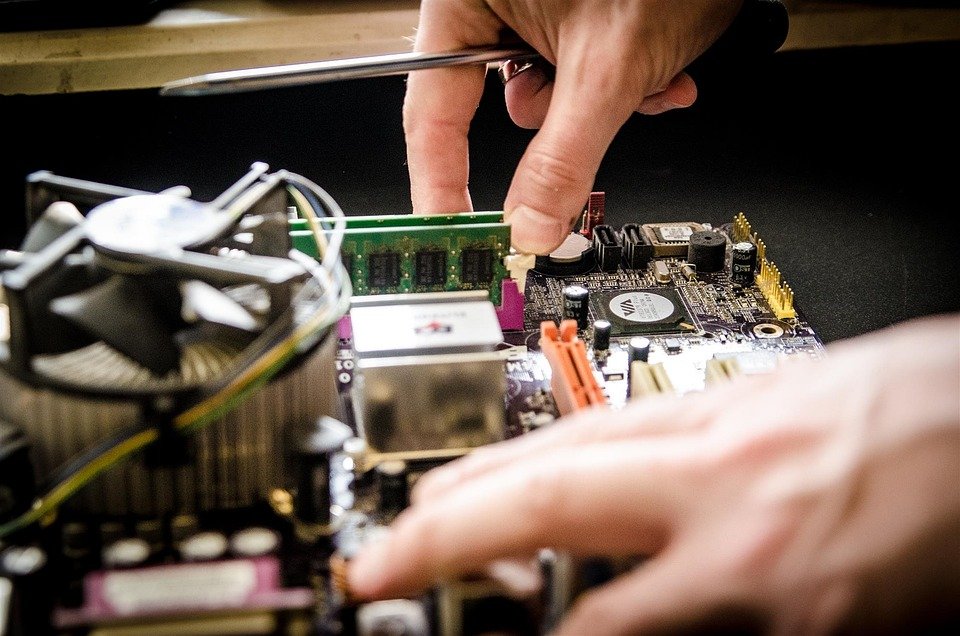Title: Bouncing into the Future: The Latest Discoveries in Ball Physics
Subtitle: Advancements in ball technology, from sports to robotics, are transforming the way we interact with our environment.
Introduction
Balls have been a part of human culture and history for thousands of years, dating back to the ancient Egyptians who crafted balls from leather and used them in various games and sports. Today, the science of ball physics is being revolutionized, with applications extending far beyond sports into fields such as robotics and engineering. The latest discoveries in ball physics are paving the way for new innovations, transforming the way we interact with our environment and each other.
1. The Science of Bounce: Perfecting the Ball’s Resilience
One of the most intriguing aspects of ball physics is the study of bounce, or the ability of a ball to rebound from a surface. A ball’s bounce is determined by several factors, including its material, size, and surface texture. In recent years, scientists have been working to create balls with optimal bounce to enhance performance in sports and other applications.
Researchers at the University of Cambridge, for example, have developed a mathematical model that accurately predicts how balls made from different materials will bounce. This model can be used to design balls with specific performance characteristics, such as a high bounce for basketballs or a low bounce for soccer balls.
Another breakthrough in ball bounce comes from researchers at MIT’s media Lab, who have created a ball with a programmable bounce. This ball, called the “G-Form,” can be controlled using a smartphone app, allowing users to adjust its bounce according to their needs. This technology could have a significant impact on sports, allowing players to customize ball performance for different playing conditions and personal preferences.
2. Energy Harvesting: Turning Ball Bounce into Electricity
In an era of increasing concern about energy consumption and sustainability, researchers are exploring innovative ways to capture and harness energy from everyday activities. One such approach involves using the energy generated from a bouncing ball to produce electricity.
Scientists from the University of Bolton in the UK have developed a prototype of a “smart” soccer ball that can convert kinetic energy from its bounce into electrical energy. This energy can be used to power small electronic devices, such as LED lights, and could potentially be applied to other types of balls as well.
3. Ball-based Robotics: Revolutionizing Mobility and Interaction
The field of robotics has also been influenced by advancements in ball physics. One notable example is the development of spherical robots, which use ball-shaped components for movement and interaction with their environment. These robots have the potential to revolutionize mobility and object manipulation in a variety of industries and applications.
An example of ball-based robotics is the Sphero, a spherical robot that can be controlled using a smartphone or tablet. This robot can navigate through complex environments, communicate with other Sphero robots, and even participate in interactive games. The Sphero has been used in educational settings to teach programming and robotics concepts to students.
Another example is the Ballbot, developed by researchers at Carnegie Mellon University. This robot uses a single spherical wheel for movement, allowing it to balance and navigate through tight spaces with remarkable agility. The Ballbot’s unique design has inspired further research into ball-based locomotion, with potential applications in search and rescue operations, surveillance, and planetary exploration.
Conclusion
The latest discoveries in ball physics are transforming the way we interact with our environment, from the sports we play to the robots we build. As we continue to explore the potential of ball technology, it is evident that our future will be shaped by these seemingly simple yet highly versatile objects. From perfecting the bounce to harvesting energy and revolutionizing robotics, the ball continues to bounce into the future, expanding the boundaries of human innovation and discovery.

